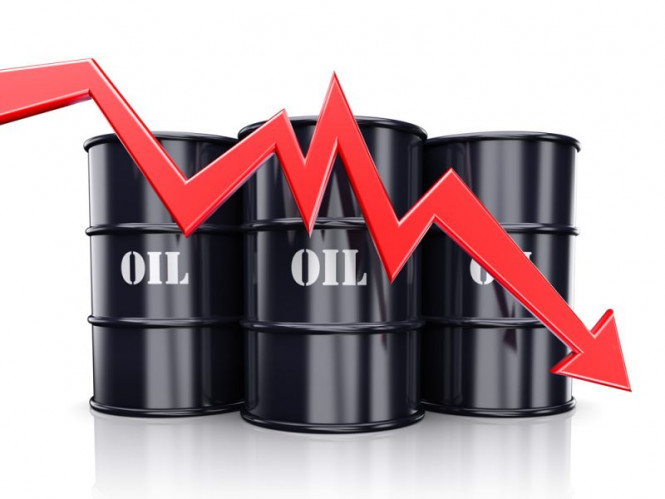

Oil prices continue to rise and fall. September's oil futures rose by 0.02% to trade at $41.69 per barrel.
October's futures for Brent crude rose by 0.09% to trade at $44.47 per barrel. The difference in price between contracts for Brent oil and WTI oil is $2.78 per barrel.
The US Dollar Index, which measures the US dollar against a basket of six major currencies, grew by 0.26% to $93.138.
For a long time already, prices of black gold have not exceeded $45 per barrel. Analysts suggest that in the coming months the price is likely to be lower.
So why is the oil price dynamic so weak?
Firstly, prices of etalon brands are influenced by the increase in production of the US shale companies. Experts suggest that the US shale industry will recover very soon. Extremely low borrowing rates may also contribute to this.
Secondly, the level of oil reserves remains extremely high. According to EIA forecasts, even in 2021, reserves will be far from pre-crisis values. It is about favorable forecasts, assuming that the world economy will grow in a V-shape, the OPEC + deal will be fully implemented, and shale companies will increase production slowly.
Meanwhile, the V-shaped growth trajectory seems dim. Central banks of various countries ensured the growth of money supply by printing banknotes on an unprecedented basis. This certainly keeps the economy afloat, but low consumer activity, multiple bankruptcies, and high unemployment will slow the recovery.
Moreover, some countries such as Iran, Libya and Venezuela could sharply increase production growth. By the way, Iran is now producing only 10% of its potential. However, if the post of US president takes Joseph Biden, a democrat, the restoration of the nuclear deal may return Iran to the oil market.
Therefore, the future does not bode well, and a fall in oil prices below $40 per barrel may happen in August.